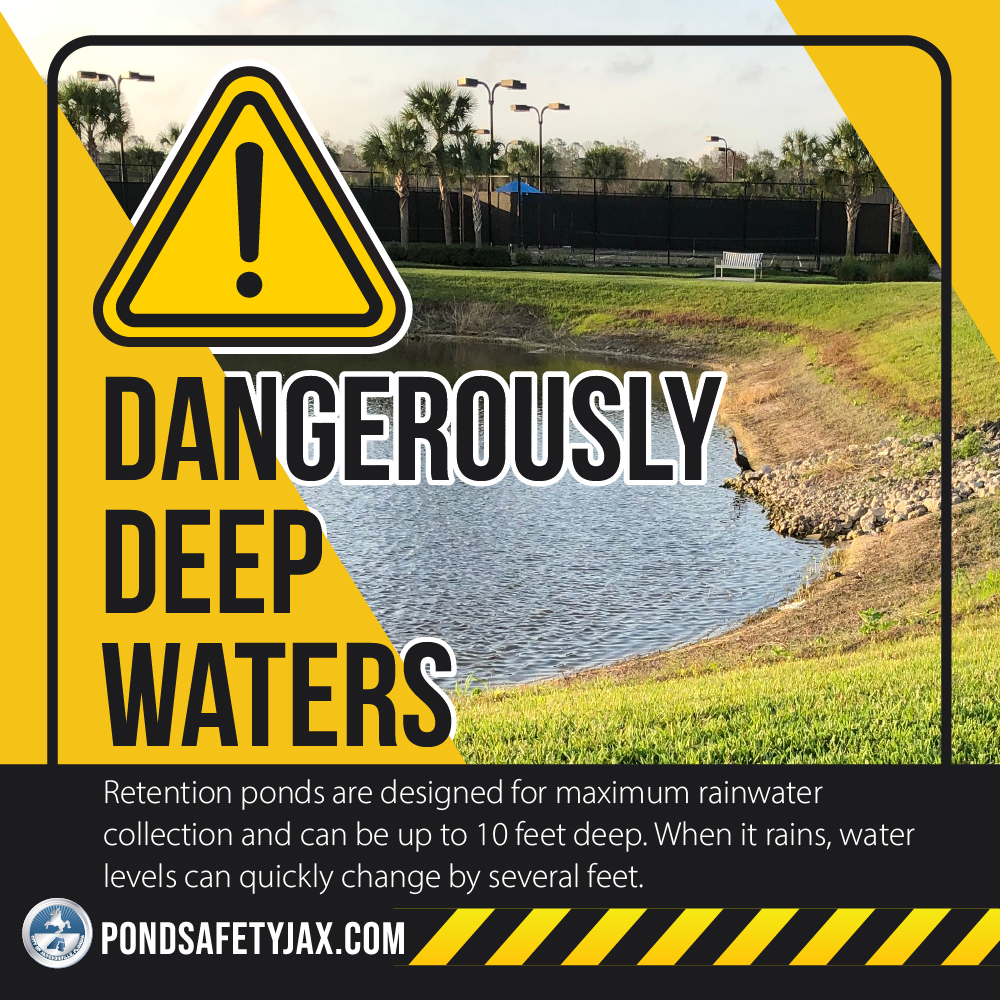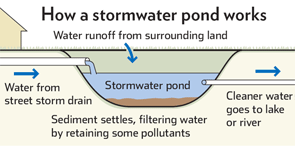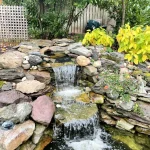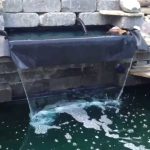Retention ponds play a crucial role in managing stormwater runoff, preventing flooding, and protecting the environment. One key aspect of retention ponds that often raises questions is their depth. In this article, we will delve into the depths of retention ponds, explore their importance, and highlight the factors that influence their depth.

Credit: www.dirtwirx.com
Understanding Retention Ponds
Retention ponds, also known as detention basins or stormwater management ponds, are man-made bodies of water designed to collect and store stormwater runoff. They are typically constructed near residential or commercial areas to control the flow of water during heavy rainfall events, preventing flooding and erosion.
These ponds are engineered to temporarily hold and slowly release stormwater, allowing sediment and pollutants to settle at the bottom while clean water is discharged. Retention ponds are essential in improving water quality, reducing the risk of flash floods, and replenishing groundwater sources.

Credit: www.jacksonville.gov
The Depth of Retention Ponds
The depth of a retention pond can vary depending on several factors, including the size of the watershed it serves, the volume of stormwater it needs to accommodate, and the local regulations governing stormwater management. In general, retention ponds are designed to have a depth ranging from 3 to 10 feet.
Factors Influencing Retention Pond Depth
Several factors influence the depth of a retention pond:
- Watershed Size: The larger the watershed draining into the pond, the deeper the pond needs to be to accommodate the increased volume of stormwater.
- Stormwater Volume: The design of the pond takes into account the anticipated volume of stormwater runoff to determine the appropriate depth for storage.
- Slope of the Pond: The slope of the pond’s bottom affects its depth, with steeper slopes allowing for deeper sections.
- Regulatory Requirements: Local regulations and guidelines may specify minimum or maximum pond depths based on specific criteria.
Importance Of Adequate Pond Depth
Having an adequate depth in a retention pond is essential for its proper functioning and effectiveness in managing stormwater. A deeper pond can store more water, reduce the risk of overflow during heavy rainfall, and provide better sedimentation of pollutants.
Additionally, a deeper pond allows for the establishment of a diverse ecosystem, supporting aquatic plants and wildlife. It also enhances the aesthetic value of the pond and promotes biodiversity in the surrounding area.
Design Considerations for Retention Pond Depth
When designing a retention pond, engineers consider various factors to determine the appropriate depth:
- Hydraulic Calculations: Engineers perform hydraulic calculations to assess the required storage volume and depth based on the expected stormwater runoff.
- Safety Considerations: Pond depth is also influenced by safety considerations, ensuring that the pond is not too deep to pose a drowning risk.
- Maintenance Needs: Deeper ponds may require more frequent maintenance to remove accumulated sediment and debris, influencing the overall design.
Conclusion
Retaining ponds are valuable assets in managing stormwater runoff and protecting the environment. Understanding the depth of these ponds and the factors that influence it is crucial in ensuring their effectiveness and longevity. By designing and maintaining retention ponds with the appropriate depth, we can mitigate flooding, improve water quality, and create sustainable ecosystems for future generations.





